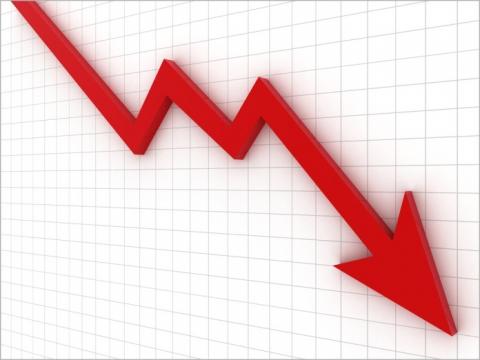The announcement by NBN Co that a new CVC charge model would be introduced in June was discussed in The Australian this week. NBN Co is seeking to motivate the industry to move customers onto the NBN at higher speed tiers. Will the strategy work? For the next two years the telecommunications industry will have to accept the decision and seek to find solace in the discounts being offered.
Read the full article below
NBN Co’s announcement that it will reduce the Connectivity Virtual Circuit (CVC) charge from June, using a new discount model, will be welcomed by consumers as retail service providers (RSP) move to lower their monthly plan charges and offer more data.
The dimension based discount (DBD) model at its heart is designed to reduce the amount paid by the RSPs to NBN Co as average data usage increases
It also maintains a uniform national wholesale access pricing regimen, which was a central tenet of Labor’s National Broadband Network (NBN) plan that sought to prevent large RSPs from seeking discriminatory volume based discounts from NBN Co.
Under the new pricing structure NBN Co will continue to charge RSPs for individual customer connections using the Access Virtual Circuit (AVC) charge which varies from $24 per month for a 12/1 Mbps connection through to $150 per month for a 1000/400 Mbps connection.
The existing CVC charge of $17.50 per Mbps per month for a maximum of 4000 customers in a fibre serving area (FSA) will now be discounted using the DBD model.
CVC pricing could reduce to $11.50 per Mbps per month using the DBD model depending on the average CVC bandwidth that the RSPs provision to all end users. What this means is that as the average data usage per customer increases the amount charged by NBN Co will go down.
In submissions made to NBN Co during a six-week consultation period the large RSPs argued strongly that they should gain access to volume based discounts from NBN Co. For now NBN Co CEO Bill Morrow hasn’t given the big RSPs what they want, steering clear of discriminatory pricing, currently banned under existing legislation.
“The model aims to encourage our retail providers to better dimension their network, and help retailers to provide a better broadband experience for homes and businesses,” Morrow said in a statement.
“We do not plan to stop here. We see the DBD model evolving further and ideally being applied directly to each retailer rather than an industry level. We will continue to evolve it in close consultation with our customers.”
Right now NBN Co’s main objective is to get as many RSPs as possible signing up customers at higher data and speed plans. That’s what fortifies NBN Co’s economic position and the pricing model should help on that front.
However, Morrow’s idea of revisiting the pricing two years from now and his indication that the mechanism could shift from an industry to RSP level, could complicate things, especially when it comes to delivering NBN’s core promise of fostering greater retail competition.
NBN Co has reported that average customer data usage has grown from 75 gigabytes per month in February 2015 to 125 gigabytes per month in March 2016. The growth in data usage has seen NBN Co revenue grow significantly due to the existing CVC charge of $17.50 being set a couple of years ago when data usage was much lower.
Average data usage growth should continue as the CVC charge reduces making it possible for RSPs to lower monthly charges for NBN broadband plans, especially for the higher speed NBN broadband plans.
NBN Co stated that “the level of discount applied to the standard CVC unit price will be calculated on a quarterly basis and will be available equally to all NBN wholesale customers, regardless of size, and aims to encourage retail providers to deliver a higher quality service. The calculation and application of the discount will exclude satellite.”
Currently satellite customers are waiting for the new NBN satellites to come into service, however, NBN Co has a separate pricing and data usage policy for satellite customers.
The move by NBN Co to reduce CVC charges in early June could not come at a better time for the government which has been under increasing criticism about the mixed technology approach. But there’s a catch.
While consumers will welcome a reduction in their monthly broadband bills it’s only a matter of time until they realise that with an all fibre NBN to 93 per cent of Australian homes, data usage would increase faster and this would mean that NBN Co could continue to reduce the CVC charge.
Overall NBN makes more money by enticing more consumers to connect at higher data tiers. Speed may not be the defining factor when it comes to CVC prices but higher speeds mean you have improved quality of existing services and new services that encourage greater data consumption. All of which translates into more cash in the coffers for NBN Co.
Mark Gregory is a senior lecturer in the School of Electrical and Computer Engineering at RMIT University.





